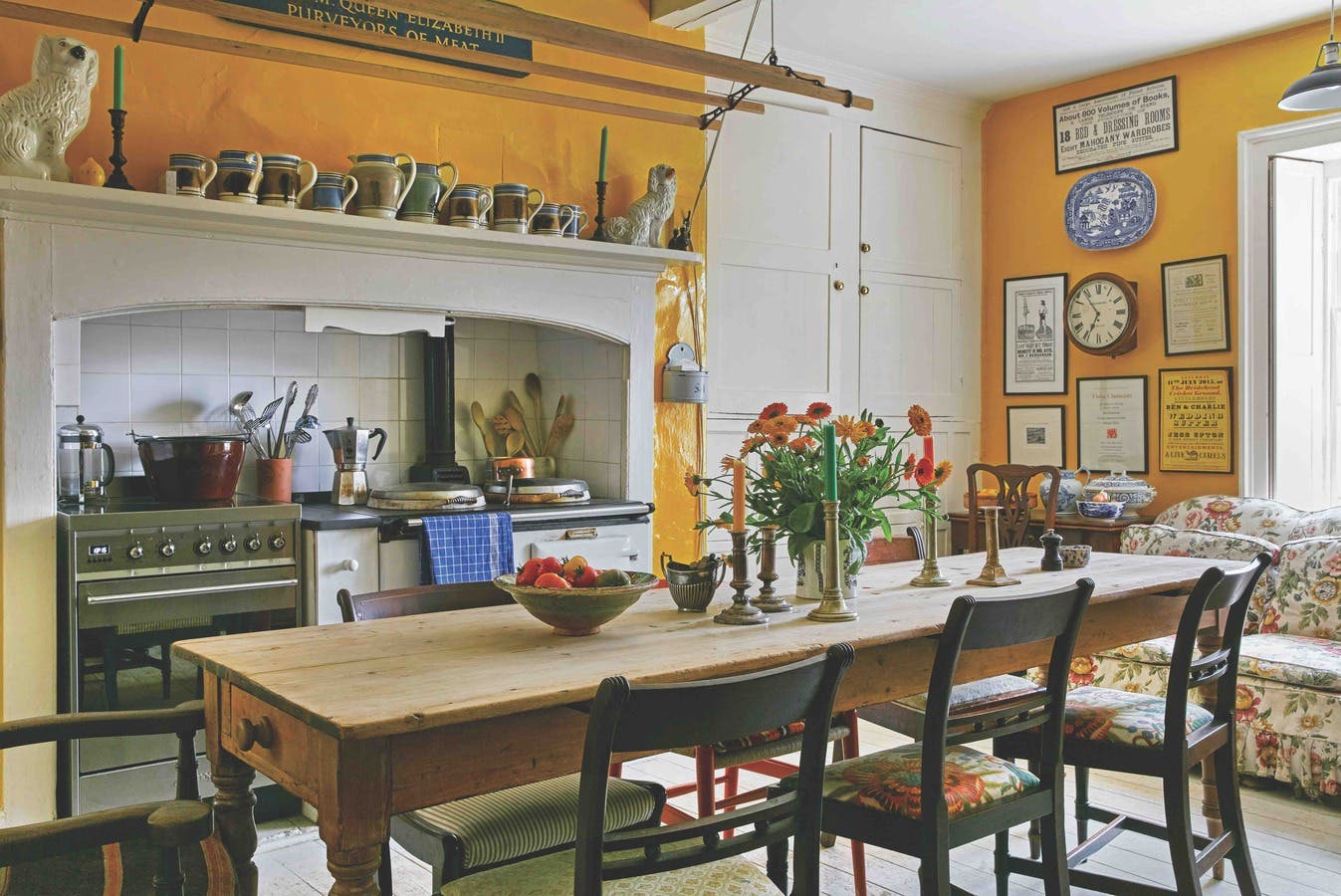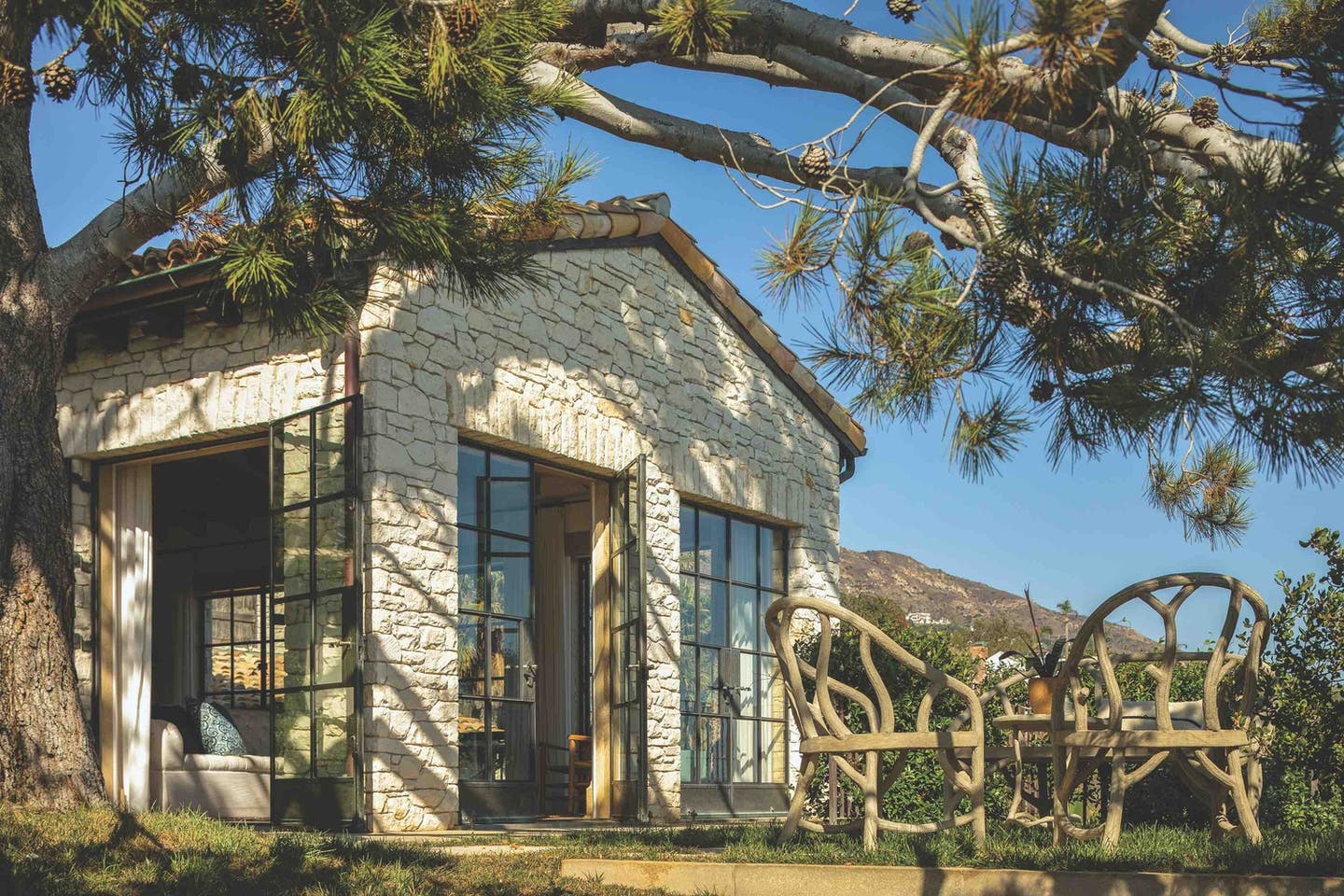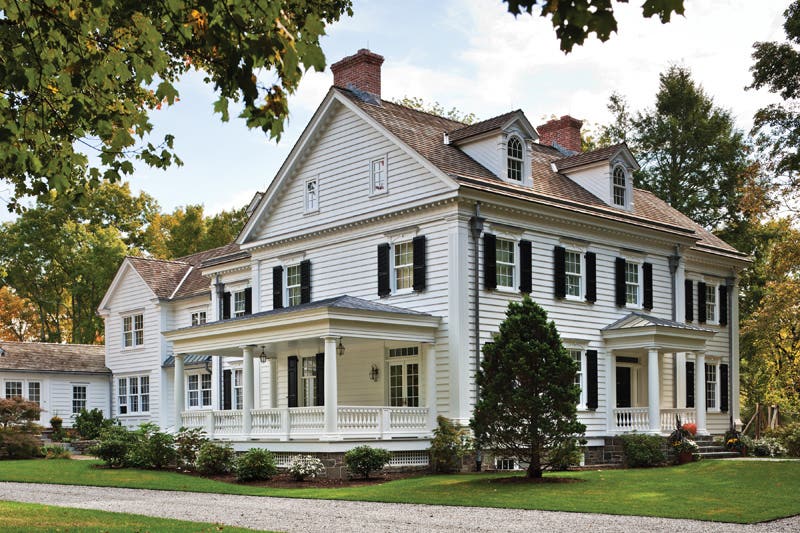
Projects
A New Home for the Present & Future
Project: Residence, Fairfield, CT
Architect: Peter Zimmerman Architects, Berwyn, PA; Peter H. Zimmerman, AIA, principal in charge; William Johnson, AIA, project architect; Tyson Chamberlain, project architect
General Contractor: Hine Builders, LLC, Southport, CT

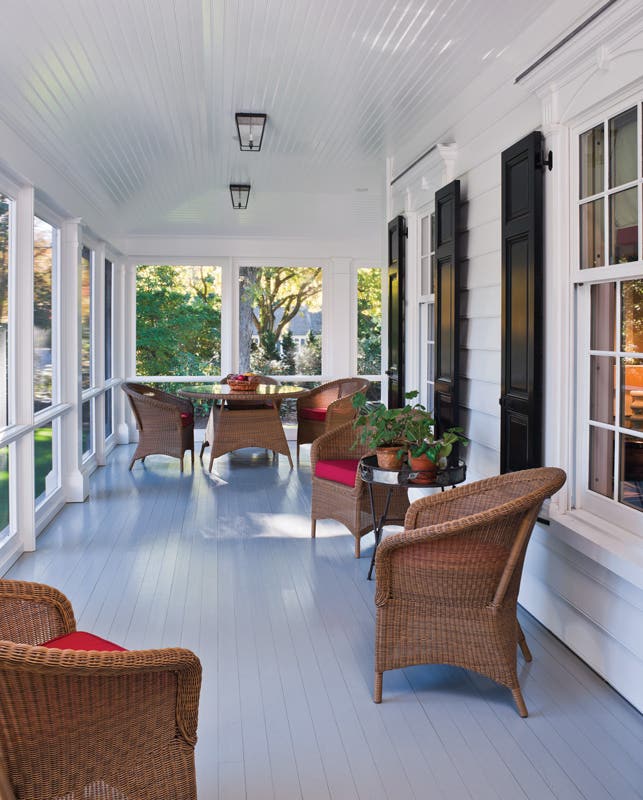

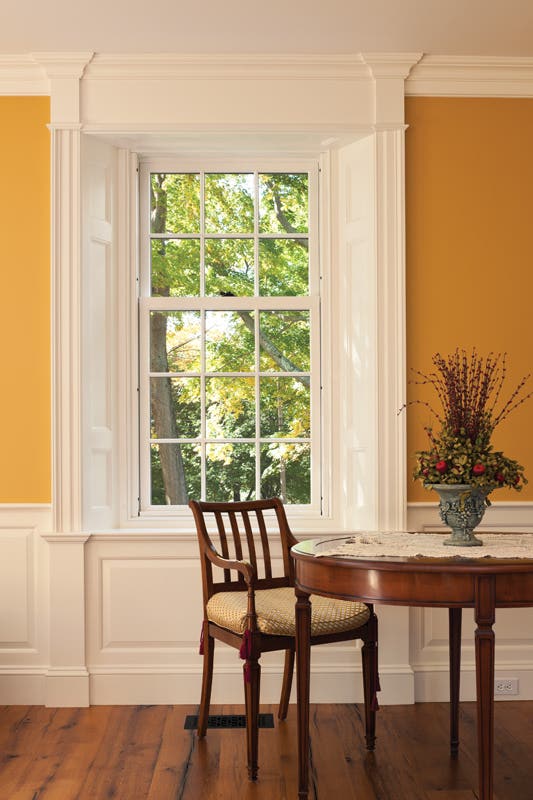
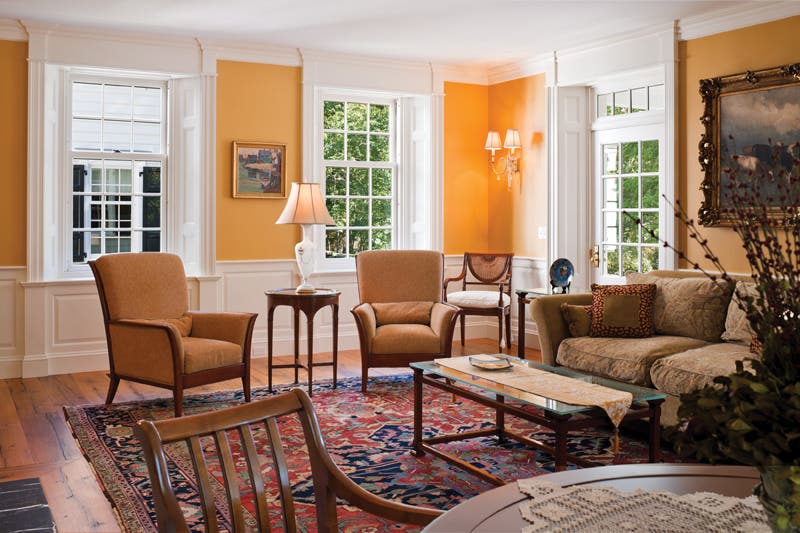
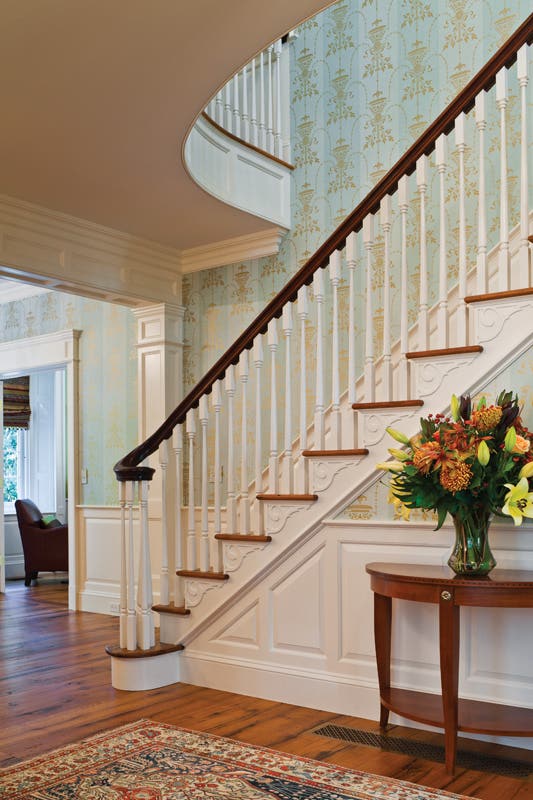
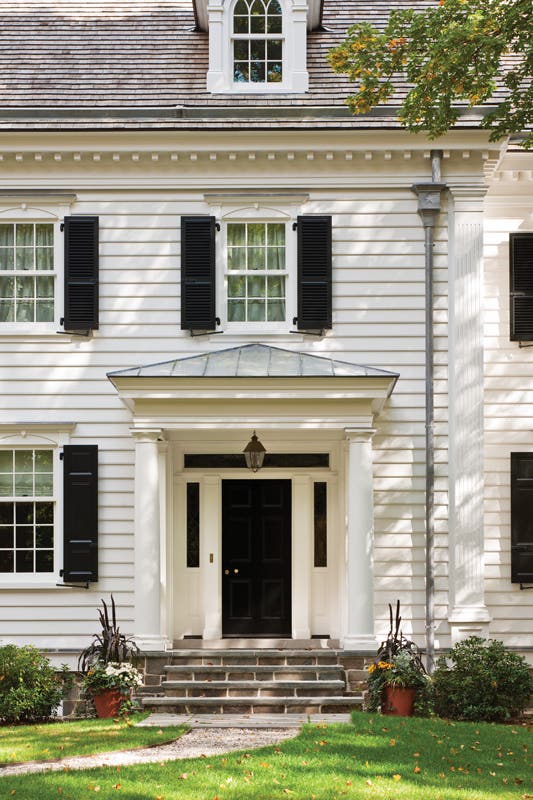
In 2007, Peter Zimmerman Architects (PZA) began the design process for a new home that would replace a 150-year-old Georgian on a tree-lined street in Fairfield, CT. The clients, longtime admirers of the Berwyn, PA-based firm's award-winning Pennsylvania stone farmhouses, sat down with principal Peter H. Zimmerman, AIA, to discuss a program that would not only accommodate their family, which includes two teenage children, but also cater to their future needs.
"Knowing that it wasn't appropriate for their site, the clients didn't come asking us to build a Pennsylvania farmhouse," says Zimmerman. "Instead, we discussed how these farmhouses were so appropriate for that region and what kind of house would be historically appropriate in a similar manner where the clients were building."
Fairfield is located on the Connecticut coast, about an hour drive from New York City. During the 18th century, unemployed boat builders in the region constructed houses for supplementary income. As a result, many of the area's 18th- and 19th-century residences were built with wood and featured detailed interior millwork. "In Pennsylvania, there wasn't that same tradition," says Zimmerman. "They were farmers who were much more adept at working with stone."
Zimmerman notes that Pennsylvania farmhouses grew like telescopes while New England farmhouses did the reverse. "There is what I call a ‘head house,' which is the main mass that fronts the street, and then it tended to extend out the rear to connect to barns," he says. "These additions and masses that were added show the clear articulation of different volumes. The fact that they are not all designed and built with the same detailing and scale indicates that there would have been an older house. As the family became prosperous, they built formal masses at the front; subsequent additions were built later as multiple generations lived in the same house."
The original design scheme involved stripping the existing house back to its original root structure and building a series of additions toward a new PZA-designed barn. However, after the construction phase began it was determined that the structure was unsalvageable: The footings and foundation were inadequate, and would compromise the structural system and basement spaces of the program. Rather than replicating the existing house, PZA took cues from its proportions and scale, reused its footprint and reinterpreted the archetype.
The main elevation is composed of two central Georgian masses with the formal entry positioned at the center; the two bays at the right were set back slightly to reduce the formality of the façade. The central masses are complemented with fluted corner pilasters, brick chimneys, half-round window dormers, windows with heads and mahogany shutters as well as a Classically-detailed soffit, fascia and rake. These elements correspond to the formal spaces in the interior and are juxtaposed against the simpler exterior profiles of the additions, which house the casual living spaces. "There is a clear architectural hierarchy of both the massing and the detailing throughout the house," says Zimmerman.
Exteriors are sided with ¾-in., beaded, clear mahogany clapboard, the roof is finished with cedar shingles and the foundation base is salvaged stone. The multiple porches are constructed of mahogany and topped with lead-coated copper roofs. Doors are layered with dense paint so they appear to have been painted over throughout the years.
Through the Federal-style main entry, which is highlighted with sidelites and a transom made of 18th-century antique glass, the foyer and stair hall (the stairway features fluted balusters and hand-carved brackets) lead to the library, living room and formal dining. The formal living areas contain architectural details, such as crown molding, pilasters and wainscoting, which integrate with the millwork surrounding fireplaces, doors and windows.
In the living room, the window surrounds feature splayed panel jambs and are positioned lower than the chair rail and wainscoting to accommodate the larger openings. "We came up with an architectural device by placing a head and pilasters on the window casings for a Classically-oriented design and splayed the jambs to maintain the Classical proportions," says Zimmerman. "By splaying the jambs we're also increasing the aperture of the window opening and are able to bring light much deeper inside the house."
The balance of light plays a role in the floor plan as well. For instance, each hallway terminates with an opening and the corridor extending from the foyer circulates through the dining room to allow for two sides of windows. "By bringing in the natural light, we're able to raise the ambient light levels in the interior so they are similar with the exterior," says Zimmerman. "That's important because if we have similar light levels the windows become transparent and the eye extends right out to the landscape."
Toward the rear, a butler's pantry and additional stair hall separate the formal rooms from the casual living areas. While salvaged oak floors were used throughout, the details in these spaces are noticeably simpler. In the kitchen, which acts as the main hub of the house, wood beams were used in lieu of crown molding and white painted cabinets were placed next to oak cabinetry. At the center, the island was inspired by a kitchen table at the Breakers in Newport, RI, and was fabricated out of antique chestnut with a marble top; the wood was stained to match seamlessly with the floors.
Upstairs, the bedrooms follow a similar layout. The master suite, consisting of a bedroom, sitting room, master bath, dressing room and closet are at the front while the children's bedrooms are located at the rear. The corridor connecting the two areas has ample natural light and the rear stair hall ascends to a large plate window.
Windows for this project were supplied by New Brunswick, Canada-based Norwood Windows & Doors. Other key suppliers include Montgomeryville, PA-based Timberlane (shutters); New Haven, CT-based Reclamation Lumber (wood floors); and Plymouth, CT-based Chestnut Specialists (antique wood). Brooklyn, NY-based Architectural Grille, Elkhart, WI-based Kees Architectural Division, Leominster, MA-based Reggio Register, and Suwanee, GA-based Price HVAC supplied the cast-iron and painted registers installed throughout.
Zimmerman's success in designing a home that both meets the owner's expectations and satisfies the existing property's local reputation is attributed to his adherence to four criteria: marrying the clients' lifestyle with appropriately scaled and proportioned architecture; respecting the cultural and historic landscape of the site; building with indigenous and natural materials so structures last at least a century; and as with many 18th-century residences in the neighborhood, accommodating future generations.
"Our inclination was to build something that was very reminiscent of what had been there originally," says Zimmerman. And unlike its predecessor, the hope is that the new house will be renovated rather than razed after a century of use.



